Border&Fall conducted a survey to better understand social and cultural perceptions towards the sari today. Participants included over 50 men and 50 women based in India, between the ages of 16 and 45 from a cross-section of socioeconomic backgrounds across urban cities (Bangalore, Mumbai, New Delhi).
Though a small sample size, insights seem to correlate with many shared notions within this sample group. For example – ‘grace’ and ‘beauty’ are words most associated with the sari, though it’s worn only occasionally and many don’t know how to drape it, nor how many drapes exist.
how many ways are there to drape a sari?
In fact, the documented number is actually over 100 drapes.
do you know how to drape a sari by yourself?
Despite the number of drapes in existence, most wearers adopt the Nivi drape, originated from Andhra Pradesh: over the left shoulder and pleated in front. Most women are taught how to drape by their mothers and 20% don’t know how to drape at all.
how often do you wear a sari?
63% of female respondents first wore a sari when they were of school age (10-18), with half of those first wearing a sari to their school graduation. The occasions on which they now wear a sari are weddings (85%) festivals (46%) and corporate events (17%).
on what occasions would you like to see your significant other in a sari?
While 80% of male respondents said they would like to see their significant others in a sari, it was mostly in the context of an Indian wedding (80%) or festival (80%). Only 24% stated that they would like for their significant others to wear saris out in town and only 44% on a dinner date.
would you miss the sari if it disappeared altogether?
a selection of words commonly used to describe the sari:
can the sari be worn by anyone?
Though there is an undeniable cultural significance to the sari, most urban women (100%) and men (92%) believe the sari may be worn by anyone, not only women of Indian descent. Sentiments ranged from, “A sari looks great on everyone, irrespective of their heritage”, “It should neither be imposed nor prohibited for anyone” and “Same as we Indian women wear western dresses, it is quite OK for others to wear saris” to “I wish in the near future, men are also able to wear a sari without heads constantly turning to stare at them.”

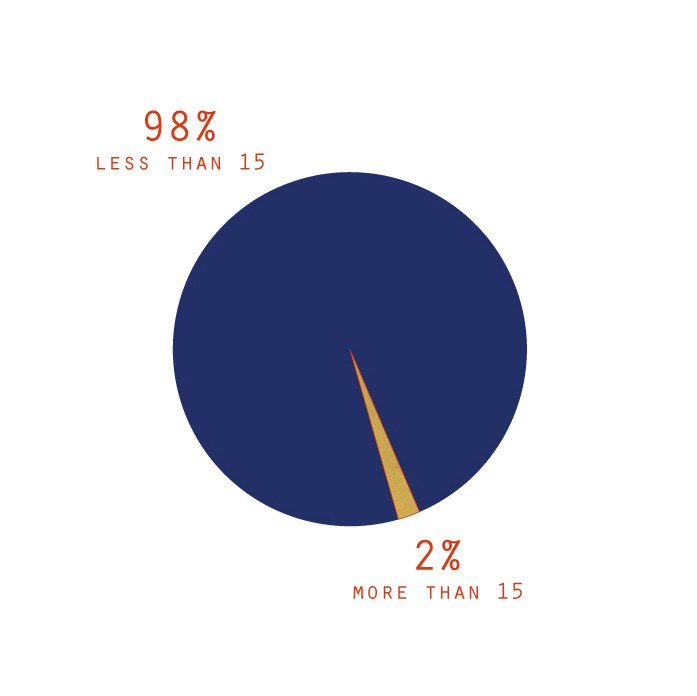
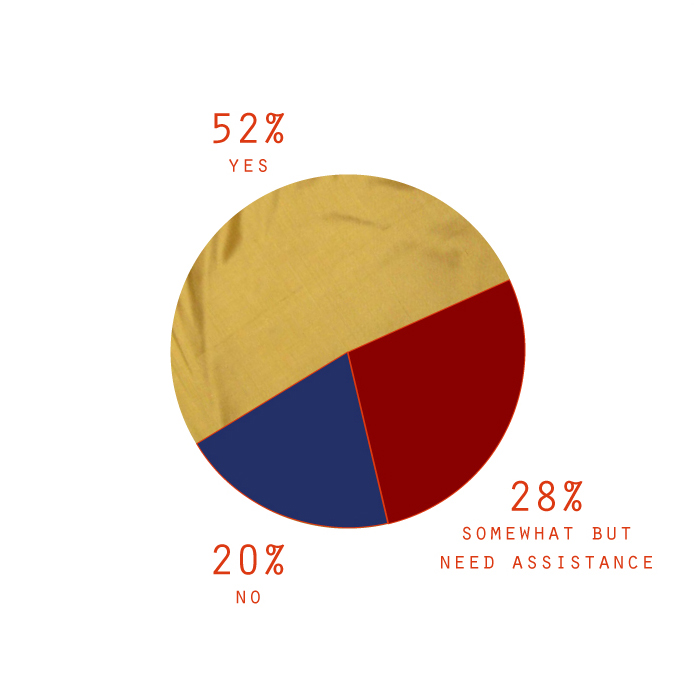
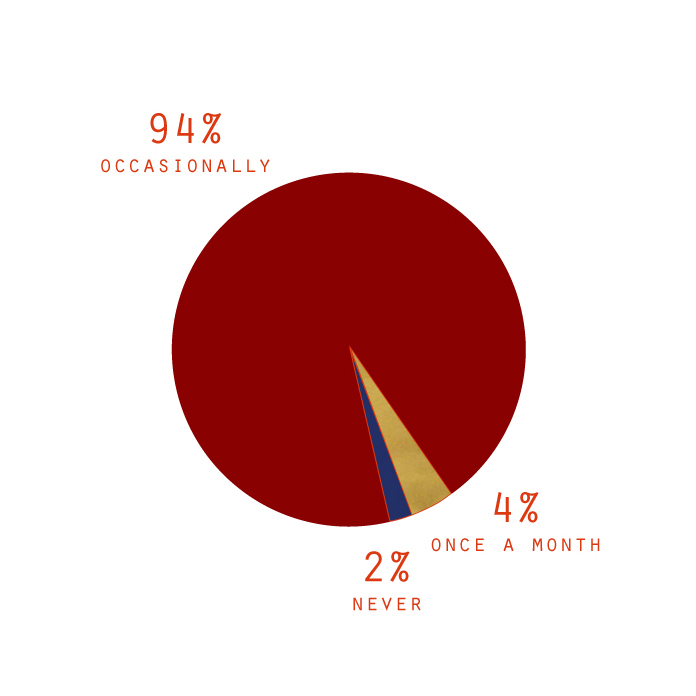
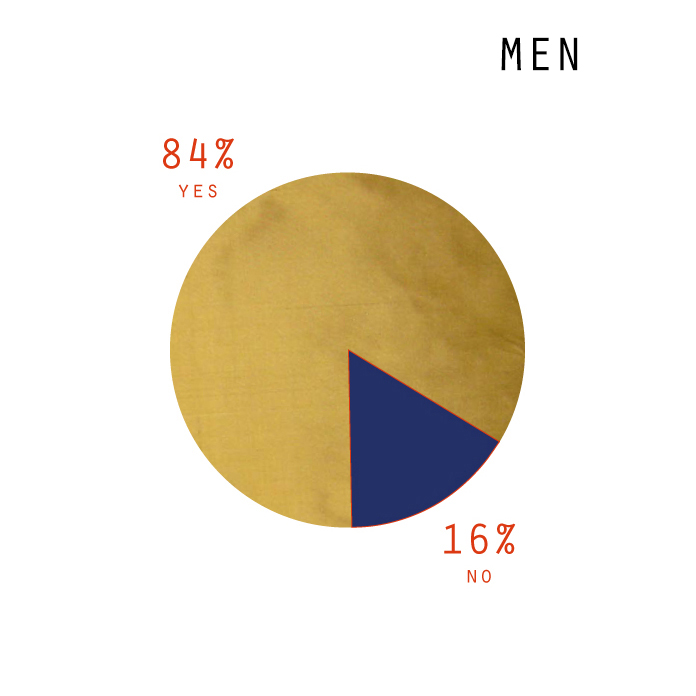
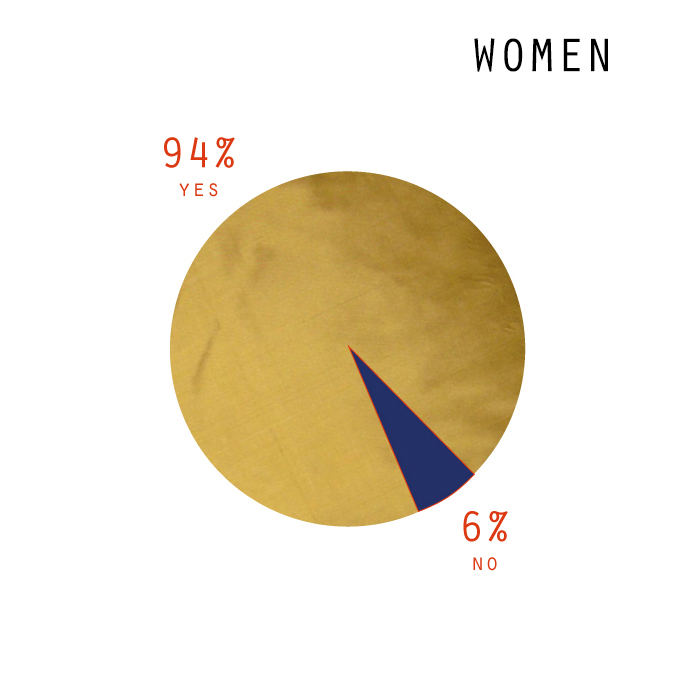

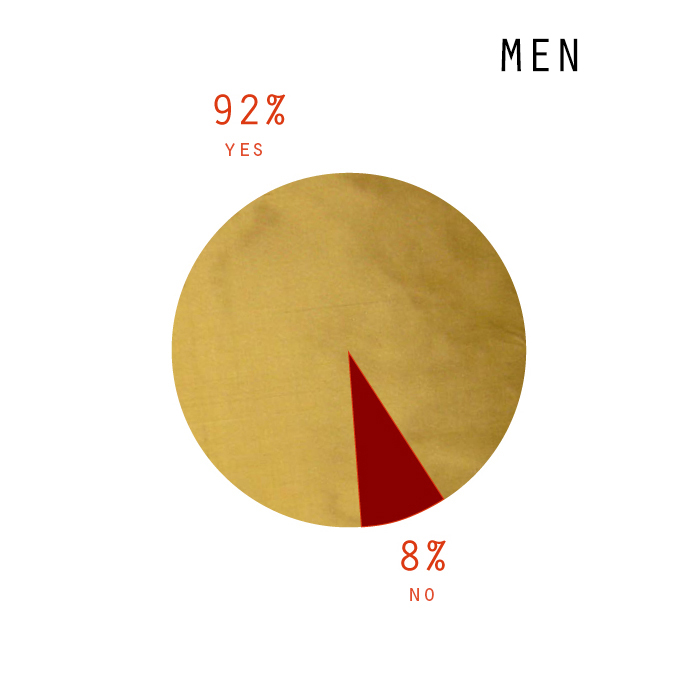
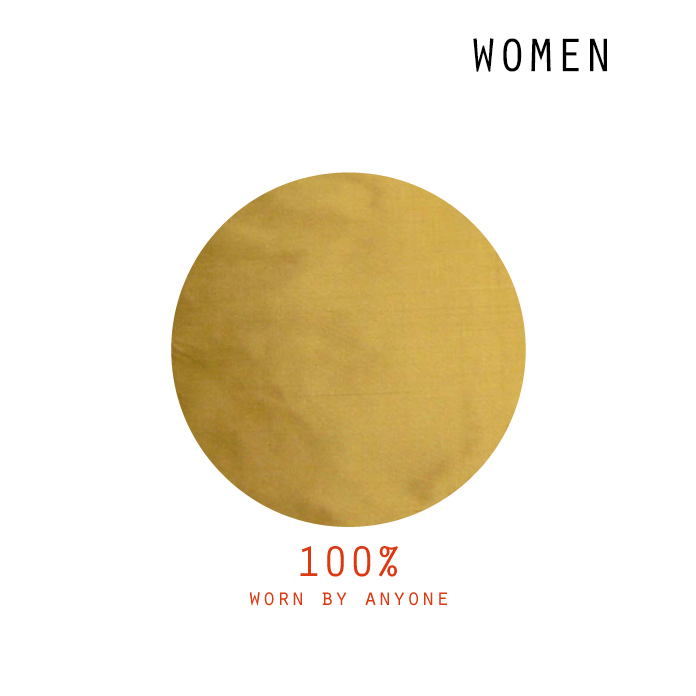
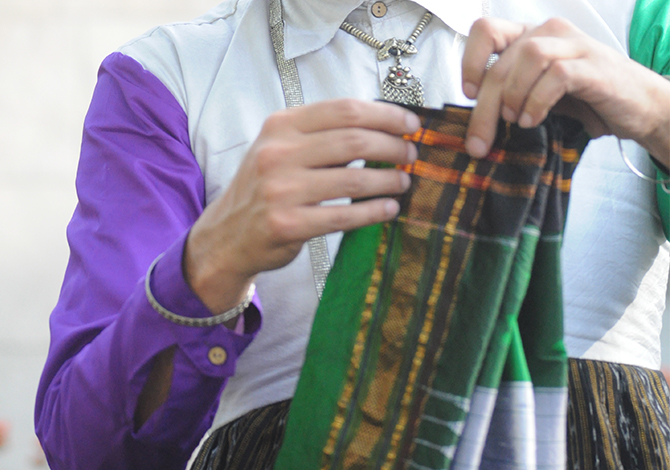
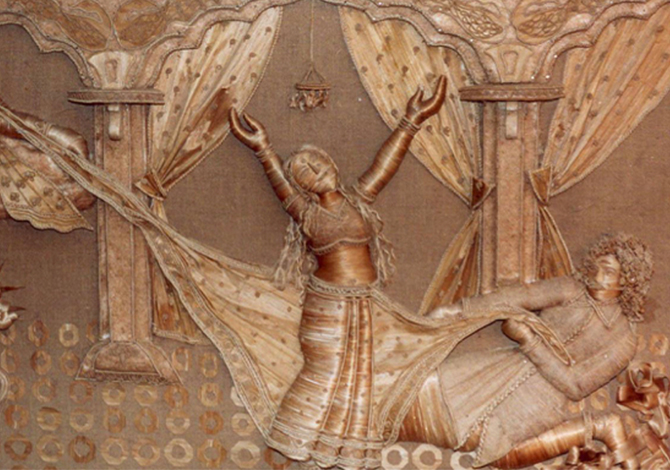
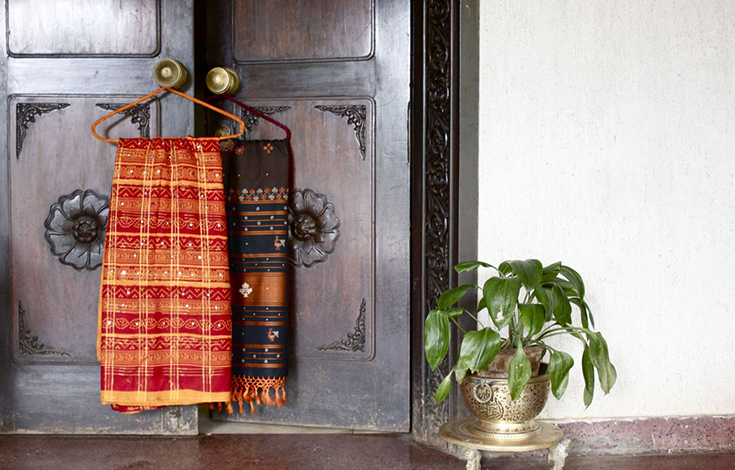
undoubtedly, this is the most graceful way for women to dress themselves up. From indus valley to present day the sari has come a long way in terms of draping, like no other women’s garment known to mankind. keep it up the good work